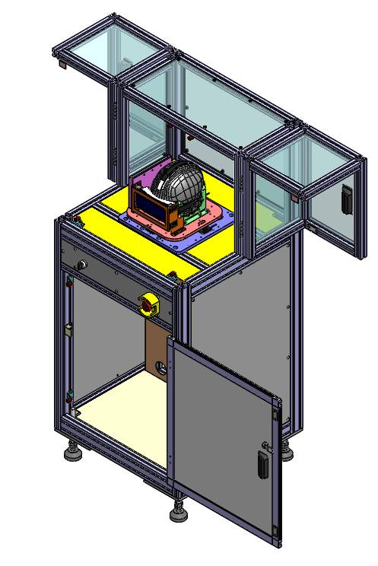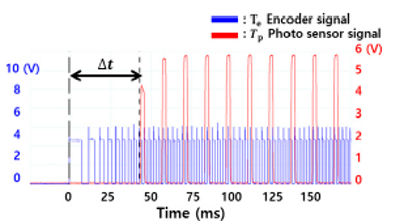APPLICATION
- Home
- Application
- AR/VR
- Motion Latency
.png)
VR Latency
Measurement System
VR Latency refers to the time difference between a user's action or operation in a virtual reality (VR) environment and the system's response and feedback to those actions or operations. In simple terms, VR Latency is the delay in time from a user's behavior to the system's display feedback. In virtual reality, low latency is crucial because high latency can cause discomfort or even motion sickness to users, known as 'simulator sickness' or 'motion sickness.' This is because users expect immediate feedback for their actions in the real world, and any delay in the virtual environment disrupts the sense of realism and immersion.

VR Latency can occur in multiple aspects, including::
Motion perception latency
Graphics rendering latency
Control input latency
To minimize VR Latency, VR device manufacturers and developers have taken various measures, including optimizing sensor technology, improving graphics rendering performance, and optimizing data transmission. Additionally, for VR application developers, optimizing interaction design and graphics performance are also crucial factors in reducing VR Latency.


